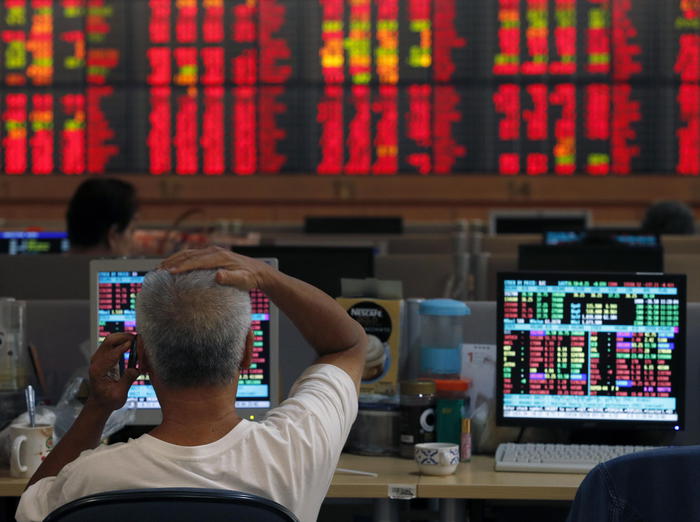
The new forecasts keep the threat of inflation low
Prices for personal expenses are expected to rise only 1% this year, down from a December projection that reported a value of 1,9%, according to the document. Inflation will average 1,5% next year and 1,7% in 2022, according to officials.
"Weaker demand and significantly lower oil prices are reducing consumer price inflation," said the Fed's monetary policy committee at the conclusion of a two-day meeting behind closed doors.
The Fed has made no changes to its benchmark interest rate, now set in the range of 0% to 0,25%, and officials have not expected increases in the next three years. Officials saw U.S. GDP fall 6,5% this year in anticipation of a 5% increase in 2021 and 3,5% in 2022.
The central bank has undertaken to continue its purchases of treasury bills and other securities "at least at the current rate to support the smooth functioning of the market".
The rise in the price of Bitcoin linked to the fear of inflation
Bitcoin prices rose 36% this year - quotation in real time - in part thanks to the forecast that the largest cryptocurrency by market value could serve as a hedge against inflation.
Some economists including Steve Hanke of Johns Hopkins University have written that episodes of hyperinflation in Zimbabwe, France and elsewhere have historically occurred when "the money supply had no natural constraints". The Federal Reserve has expanded its balance sheet to $ 7,2 trillion. Prior to the 2008 financial crisis, the central bank had less than $ 1 trillion in total assets.
However, inflation has so far remained low. Rising unemployment reduces wage growth and falling consumer demand reduces upward pressure on the prices of goods and services. A report recently released by the U.S. Department of Labor showed another indicator of inflation, the consumer price index or CPI, which has risen 0,1% in the past 12 months, in part due to the collapse of this year of oil and other energy-related costs.
Excluding food and energy products, the so-called CPI has risen 1,2% in the last year, less than half the rate a few months ago. Reading base inflation has been the weakest since 2011, said Scott Anderson, chief economist at the French bank of BNP Paribas.
"Our forecast is that consumer price inflation will continue to moderate year on year since the beginning of 2021, before turning and relaunching growth," he wrote.
